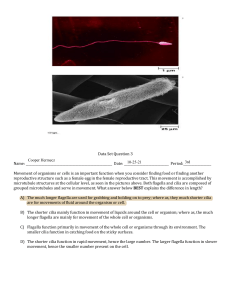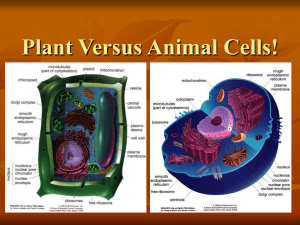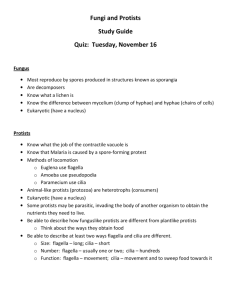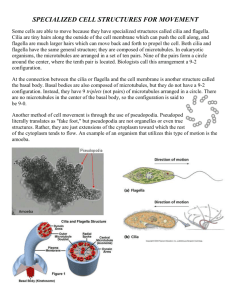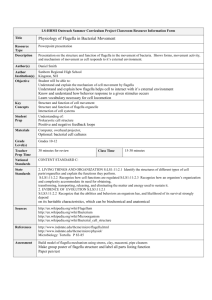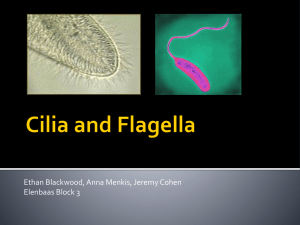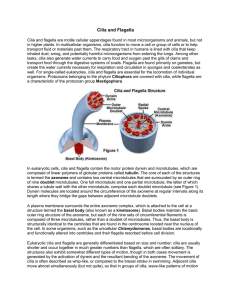Cilia and flagella are important cellular organelles, which are
advertisement
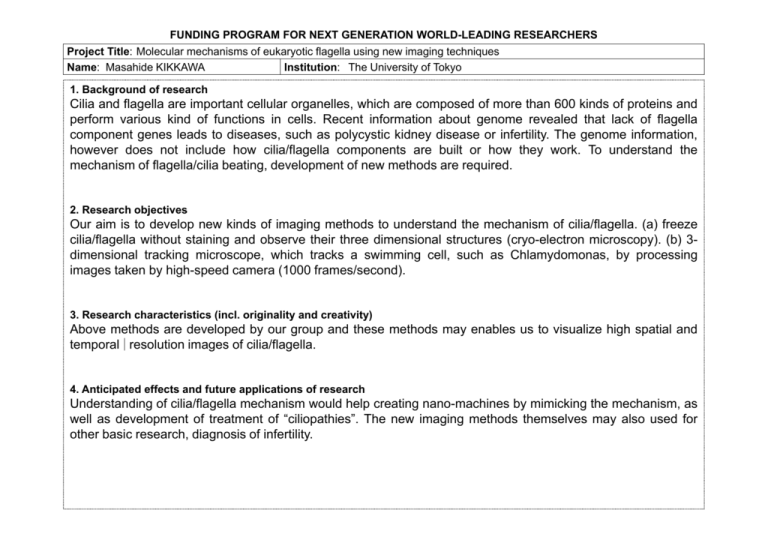
FUNDING PROGRAM FOR NEXT GENERATION WORLD-LEADING RESEARCHERS Project Title: Molecular mechanisms of eukaryotic flagella using new imaging techniques Name: Masahide KIKKAWA Institution: The University of Tokyo 1. Background of research Cilia and flagella are important cellular organelles, which are composed of more than 600 kinds of proteins and perform various kind of functions in cells. Recent information about genome revealed that lack of flagella component genes leads to diseases, such as polycystic kidney disease or infertility. The genome information, however does not include how cilia/flagella components are built or how they work. To understand the mechanism of flagella/cilia beating, development of new methods are required. 2. Research objectives Our aim is to develop new kinds of imaging methods to understand the mechanism of cilia/flagella. (a) freeze cilia/flagella without staining and observe their three dimensional structures (cryo-electron microscopy). (b) 3dimensional tracking microscope, which tracks a swimming cell, such as Chlamydomonas, by processing images taken by high-speed camera (1000 frames/second). 3. Research characteristics (incl. originality and creativity) Above methods are developed by our group and these methods may enables us to visualize high spatial and temporal resolution images of cilia/flagella. 4. Anticipated effects and future applications of research Understanding of cilia/flagella mechanism would help creating nano-machines by mimicking the mechanism, as well as development of treatment of “ciliopathies”. The new imaging methods themselves may also used for other basic research, diagnosis of infertility.
